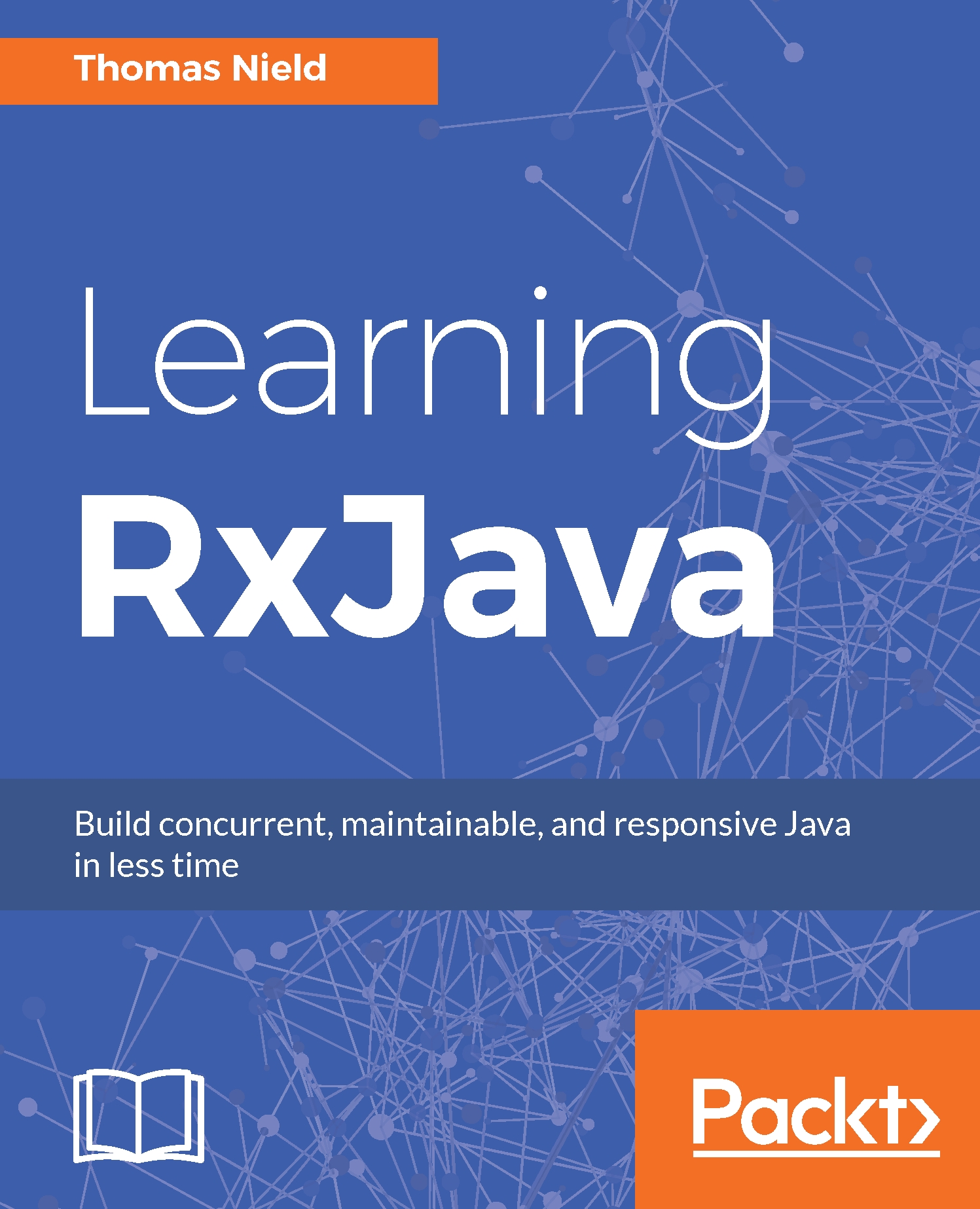The need for concurrency has grown rapidly in the past 10 years and has become a necessity for every professional Java programmer. Concurrency (also called multithreading) is essentially multitasking, where you have several processes executing at the same time. If you want to fully utilize your hardware's computing power (whether it is a phone, server, laptop, or desktop computer), you need to learn how to multithread and leverage concurrency. Thankfully, RxJava makes concurrency much easier and safer to achieve.
In this chapter, we will cover the following:
- An overview of concurrency and its necessity
- subscribeOn()
- observeOn()
- Parallelization
- unsubscribeOn()



